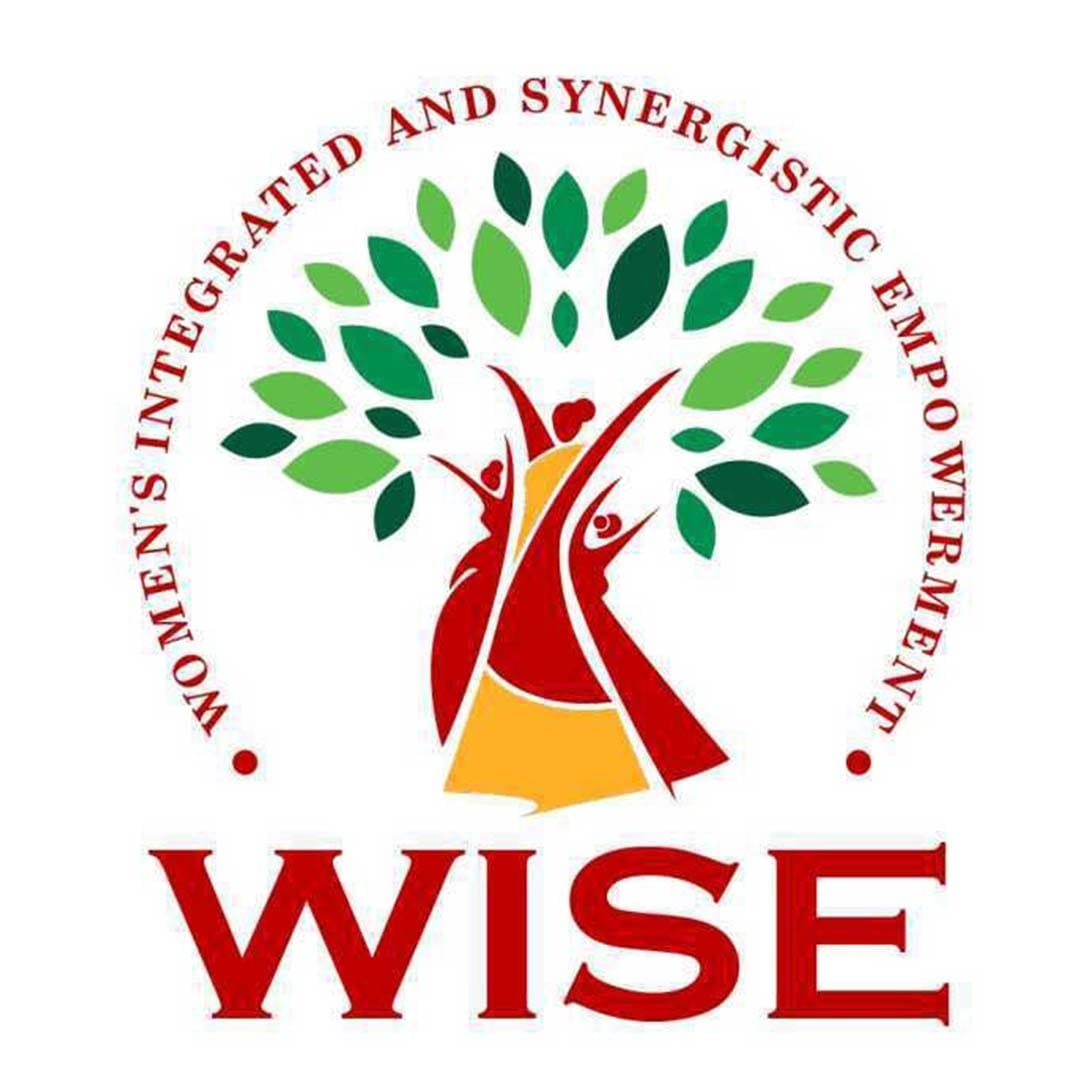Do Flexible Credit and Savings Products Enhance Small Enterprise Performance in India?
Funded by IPA’s Financial Inclusion Program, researchers collaborated with Chaitanya WISE to conduct a randomized evaluation to measure the impact of savings promoting and flexible loan products on business and household outcomes for women small enterprise owners.
Small and medium enterprises (SMEs) account for approximately 90 percent of all businesses worldwide. Many of these enterprises depend on microcredit. However, these microloans can have inflexible repayment schedules and high interest rates, limiting SME owners’ ability to save and grow their firms. This is especially the case for women SME owners, who often face external demands on their earnings. In India, some women SME owners use short-term loans from either moneylenders or wholesalers at interest rates that range from one to ten percent per day, which can reduce profits and inhibit firm expansion significantly.1 Moreover, these high borrowing costs can prevent them from accessing credit in the first place.
Researchers worked with Chaitanya WISE—a community-based microfinance institution in Maharashtra state supporting women SME owners—to conduct a randomized evaluation to measure the impact of savings promoting and flexible loan products. These loans offered increased flexibility in borrowing and repayment schedules, as well as an offsetting locked savings account that allowed clients to build up savings while reducing interest rates on their loans. A total of 3,351 women market vendors were randomly assigned to the following groups:
- Term loan: Chaitanya offered traditional term loans to women for a fixed tenure. The repayment plan was inflexible and pre-specified in the loan agreement.
- Cash credit loan: Women were offered the Chaitanya Cash Credit flexible loan product. The product allowed borrowers to vary repayment and access additional credit if needed during the loan period, up to the agreed limit.
- Term loan with locked savings account: Women were offered a term loan with a linked locked savings account. Loan repayments were put into the locked savings account rather than using the repayments to reduce the clients’ debt burden. Clients’ level of gross debt, therefore, remained the same as repayments were made, but their net debt reduced.
- Cash credit loan with linked flexible savings account: Women were offered a cash credit loan and a linked flexible savings account.
Researchers are conducting surveys and collecting data from Chaitanya to evaluate whether loan flexibility increases firm profit, drives firm expansion, and impacts household welfare. They are also examining whether self-sufficiency loans that encourage savings and improve self-financing, but against which clients can borrow, can spur firms' capital accumulation and growth. Finally, researchers are comparing the loan repayment rates across the group to assess profitability of the cash credit loans and locked savings accounts.
Results will be available in 2024.
Sources
1. Ananth, Bindu, Dean Karlan, and Sendhil Mullainathan. Microentrepreneurs and their money: Three anomalies. Working paper, 2007.
Implementing Partner













